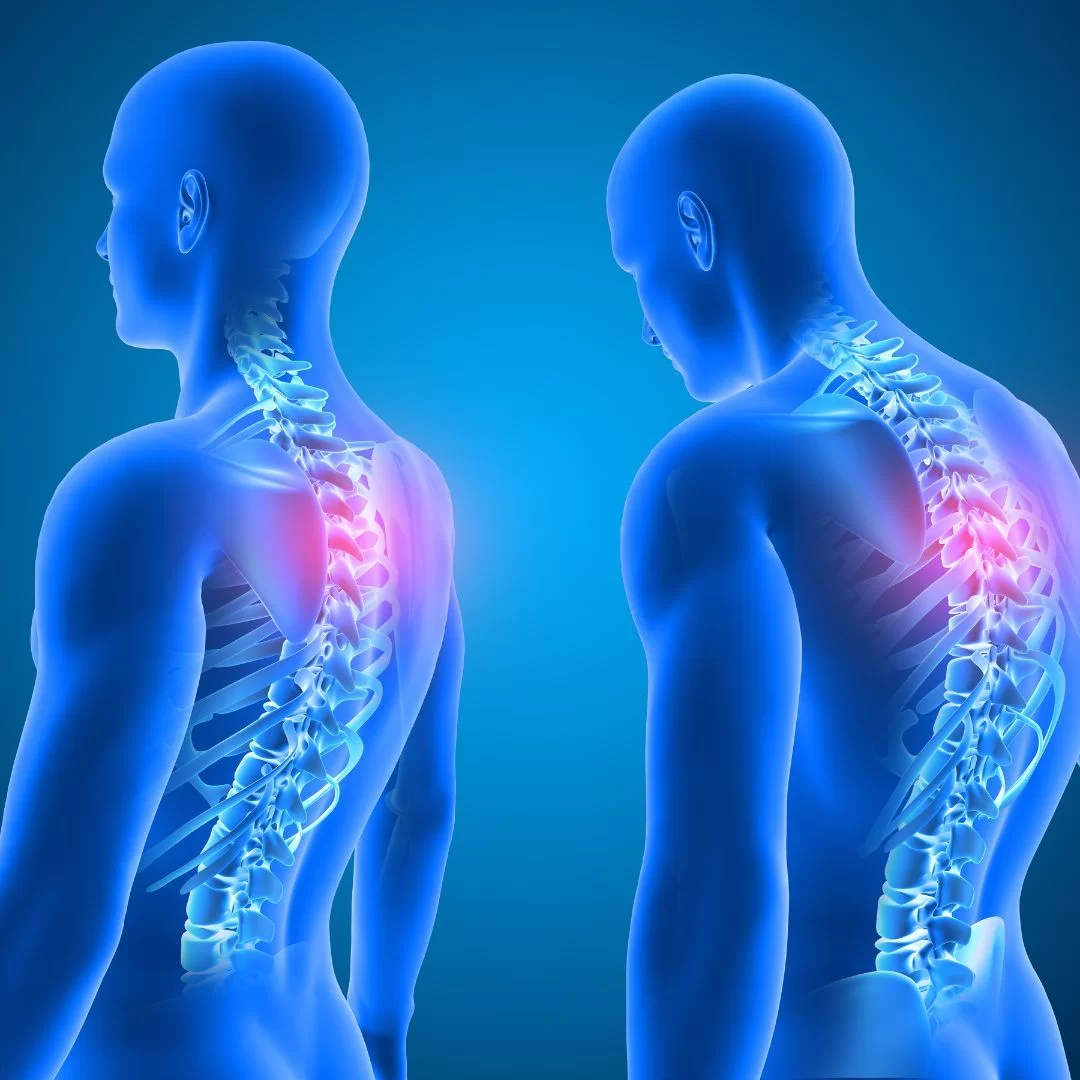
Repetitive Strain Injuries
People Moving & Handling
,Risk Assessment & Management

Sita is a 32-year-old Business Analyst who works at a reputable multinational firm based in central London. Her regular working day begins at 9 AM and ends at 5 PM when she leaves for her home in Oxted. Sita’s role requires a high-volume throughput of work, and she is often under pressure to meet tight deadlines. She’s a hard worker and loves the sense of achievement associated with meeting targets on time, and she really enjoys her work. Most of her day is spent sitting at her desk in front of the computer, working on specific projects that have been assigned to her. She also develops ideas and attends virtual meetings regularly, communicating with colleagues in a range of global offices around the world.However, lately, Sita’s begun to experience pain and discomfort in her right wrist and hand to the extent that she’s finding it difficult to type and use her mouse. At first, these symptoms were intermittent, only bothering her one or two days a week. However, after a few weeks, she noticed that the frequency and intensity of her discomfort had increased. Gradually, the symptoms have started to make themselves known everyday, especially towards the end of the day. When she experiences this pain, she has to stop working and stretch and rest her right arm, hand, and wrist until the symptoms subside. Sita reported the symptoms she was experiencing to her supervisor, who told her to take rest breaks when the problem flares up. Sita feels anxious: her work productivity has diminished, and being extremely diligent and conscientious in her role, this really worries her. She hates the feeling of slipping behind with her work commitments. However, her pain and discomfort won’t disappear, and she was even forced to take several days off work to rest her arm. She decided to visit an osteopath, who diagnosed that she had developed a repetitive strain injury (RSI), probably caused by the protracted use of her display screen equipment (DSE) that had not been ergonomically set up.
Following her visit to the osteopath and to help herself, Sita began reading about DSE workstation setup to help minimise the stress and strain on her body. She discovered that her workstation had been poorly set up, with her keyboard and mouse too far away from her body and her computer monitor positioned too low. This was placing a strain on her musculoskeletal system. Unfortunately, her long hours without breaks had only compounded the severity of the injury.
Sita’s injury illustrates the importance of using DSE correctly and regularly taking breaks to prevent the development of RSI. In the UK, employers are legally obliged to provide adequate and professional DSE assessments for their employees to prevent health issues caused by DSE usage.
https://www.ofi.co.uk/blog/back-care-top-tips/Since 1987, Osteopaths for Industry have been championing our mission to reduce musculoskeletal injuries in the workplace. Our comprehensive range of high-quality services can help you protect your employees from injury and create a healthier, happier workplace. The following services we offer can help you prevent the development of RSIs in the workplace:
- Online Employee DSE Training and Assessment Tool
- Remote Workstation Assessment for Employees Working from Home or the Workplace
- On-Site DSE Assessments
- DSE Assessor Training (online or in person)
- Ergonomic Champion Training
- Manual Handling Training
- RSI is the term used for a collection of conditions that occur when the tendons, muscles, and nerves in the body are overused, resulting in pain and discomfort.
- They occur when you continuously perform the same motion over long periods.
- According to the World Health Organisation, repetitive strain injuries are the leading cause of work-related disabilities worldwide. For example, RSI are the most common type of work-related musculoskeletal disorder in the UK, with over 700,000 cases every year.
- These injuries should never be brushed aside as an inevitable part of your work – they must be dealt with immediately and professionally.
- Pain and aching that can feel like a burning or throbbing sensation.
- Tingling, pins-and-needles, or numbness.
- Stiffness, weakness, or swelling.
- Muscle cramps.
- Difficulty in gripping objects or making a fist.
- Decreased range of motion in the affected joint.
- Tendonitis:
- Tendonitis occurs when tendons (the fibrous cords that attach muscles to bones) become inflamed.
- It can result in pain, swelling, and stiffness in the affected area.
- Carpal Tunnel Syndrome:
- Carpal Tunnel Syndrome occurs when the median nerve (the nerve which runs through the wrist) becomes compressed.
- It leads to numbness, tingling, and weakness in the affected hand and wrist.
- Tennis Elbow:
- Tennis Elbow occurs as a result of repetitive strain on the elbow and forearm muscles.
- It leads to pain and tenderness on the outer side of the elbow.
- Golfer’s Elbow:
- Golfer’s Elbow is similar to Tennis Elbow.
- Rather than the outside of the elbow, Golfer’s Elbow affects the inside part of the elbow.
- De Quervain’s Tenosynovitis:
- De Quervain's Tenosynovitis occurs when the tendons and tissue that surround the wrist and thumb become inflamed.
- It results in pain and difficulty in moving the wrist and thumb.
- Bursitis:
- Bursitis is the term for inflammation of the bursae – tiny, fluid-filled sacs that cushion the joints.
- It causes pain and swelling in the affected area.
Get started today!
Contact us today to discuss your manual handling training needs and discover how OFI can support your organisation in building a safer, more productive workforce.